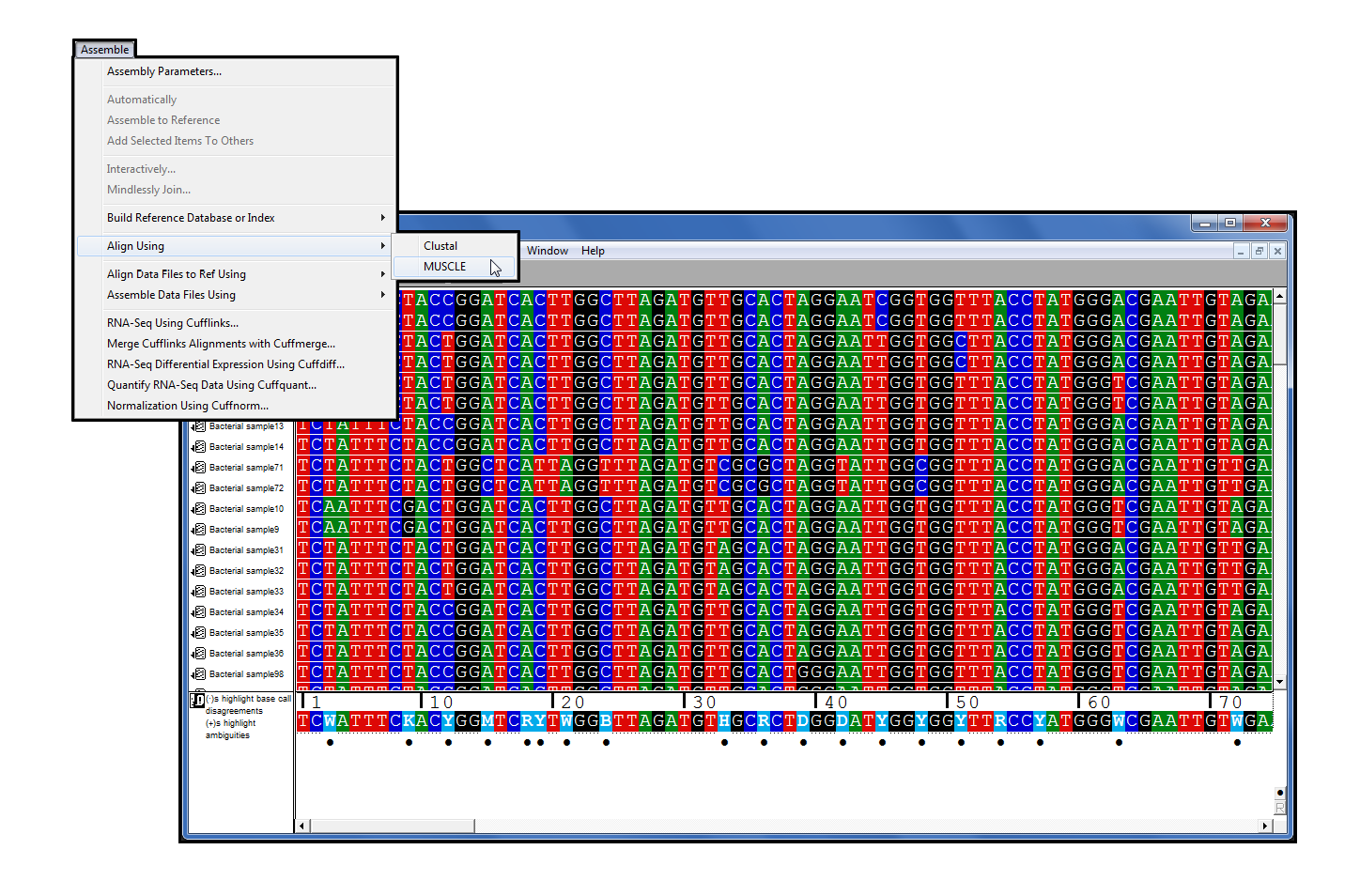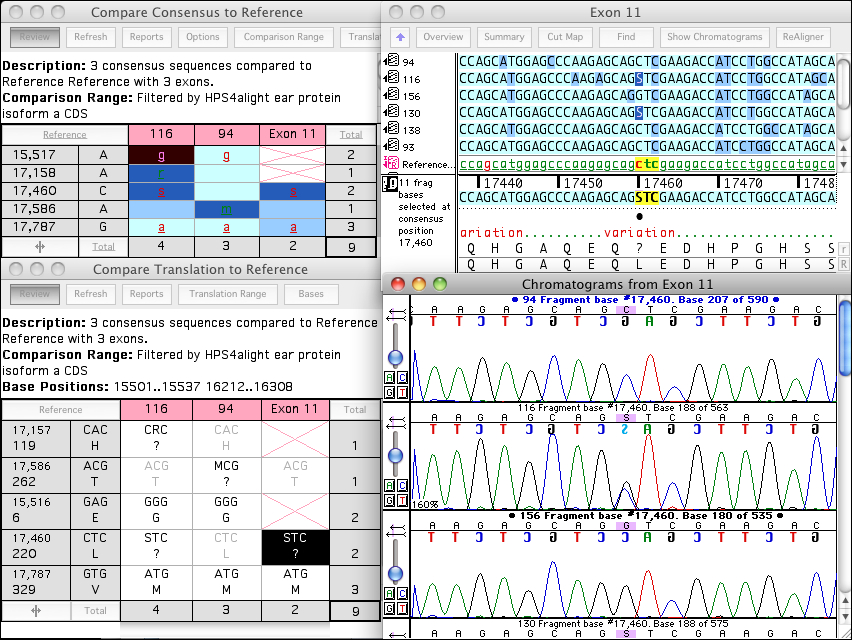


Their studies fell into phases with initial observations from local naturalists exploring their own coastlines (e.g., Deby, 1889 Haliday, 1855) and from scientist collectors aboard vessels investigating the world's oceans and remote island shorelines whose material often bewildered describers who classified guided by ‘aberrant’ adult morphology (e.g., Eaton, 1875 Jacobs, 1900 Rübsaamen, 1906 Schiner, 1866). The diversity of marine/maritime insects has been revealed over nearly two centuries by a small cadre of entomological oceanologists. Furthermore, even a miniscule proportion of the class Insecta with marine taxa represents significant maritime biodiversity, notably in the Diptera (Kirk-Spriggs et al., 2001), albeit with few using the open ocean (Cheng & Mishra, 2022). The Insecta (and the containing superclass Hexapoda) arose within the subphylum Crustacea (Gullan & Cranston, 2014 Misof et al., 2014) and thus the observation is framed erroneously in an evolutionary context. It has been a textbook paradigm that insects dominate the land and crustaceans the oceans, but this is a flawed simplification. The evolutionary timing estimate provides insights into the frequency of marine transitions and diversifications in the Chironomidae in association with dynamic oceanic changes during the Oligocene and Miocene. In a comprehensive global review we concisely document new synonymies and new combinations revealed by the study. Crown Pontomyia, represented by three species, was estimated to have diverged around 19 Ma, whereas the crown radiation of Yaetanytarsus, with 12 sampled species, dates to the mid-Eocene.
Gene codes sequencher plus#
Two separate robust clades in tribe Tanytarsini involve: (1) a minor radiation within Paratanytarsus dated to the mid-Eocene around 43 Ma and (2) an unexpected but fully supported diversification in Pontomyia Edwards plus Yaetanytarsus Sasa dated to around 47 Ma, with separation of Pontomyia from Yaetanytarsus around 40 Ma. Four transitions occur within the otherwise nonmarine crown groups Kiefferulus Goetghebuer, Dicrotendipes Kieffer, Polypedilum Kieffer and Ainuyusurika Sasa & Shirasaka. In subfamily Chironominae, transitions to marine occur in two tribes. Two transitions in Orthocladiinae involve Clunio Haliday and Pseudosmittia Edwards, dating from the upper Cretaceous, both with Eocene crown groups.

Deep nodes involve subfamily Telmatogetoninae (originating mid-Cretaceous, 101 –128, 114 Ma), with sister genera Telmatogeton Schiner and Thalassomya Schiner splitting later in the Cretaceous (56–82, 69 Ma). Emphasizing Pacific Ocean taxa, we used six genetic markers ( 18S, 28S, CAD1, CAD4, FolCOI and COI) and fossil calibrations to produce Bayesian time-calibrated phylogenies to date eight independent marine transitions in three subfamilies. Maritime chironomid midges (Diptera) are diverse, yet these ‘pearls of the ocean’ are little known.


 0 kommentar(er)
0 kommentar(er)
